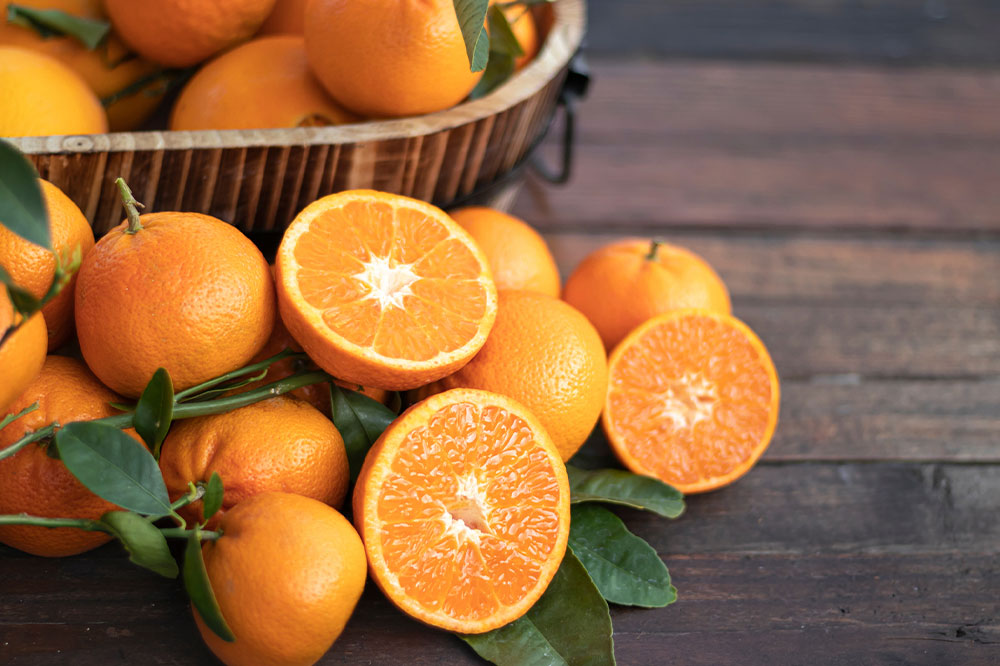8 foods to be avoided when diagnosed with hyperkalemia

Hyperkalemia is a condition characterized by excessive potassium levels in the blood, typically caused by kidney disease or over-consumption of potassium-rich foods. Although potassium is an essential nutrient, excessive potassium can lead to several negative consequences, including chest pain, weakened muscles, nausea, irregular heartbeat, and shortness of breath. Alongside proper therapy, a healthy lifestyle and carefully curated meals can help alleviate hyperkalemia effects. Look at some foods that are a no-no for individuals with hyperkalemia.
Potassium-rich fruits
Several fruits contain high potassium levels, with bananas containing the highest potassium content. An average banana has about 450 mg of potassium; thus, consuming one banana every day can contribute to hyperkalemia symptoms in individuals suffering from the condition. Other high-potassium fruits include avocados, papayas, apricots, oranges, cantaloupes, and mangoes. It helps to replace high-potassium fruits with those low in potassium, such as apples, raspberries, blueberries, red grapes, and pineapples.
Potatoes
Potatoes are rich sources of potassium, mainly when consumed with the skin. A medium baked potato contains 941 mg of potassium, which can be generally nutritious but unhealthy for individuals diagnosed with hyperkalemia. Sweet potatoes also contain almost equal potassium concentrations, with one sweet potato consisting of 700 mg of the nutrient. It helps to avoid potatoes and their variants to regulate potassium levels in the body.
Spinach
One cup of cooked spinach contains around 839 mg of potassium, which can aggravate kidney problems and hyperkalemia symptoms. Thus, patients with hyperkalemia should avoid spinach, particularly cooked. A bowl of raw spinach has 167 mg of potassium, which is lesser than the quantity in cooked spinach; however, even this quantity can impede speedy recovery from the condition if consumed in large amounts. It is advisable to replace spinach with other leafy vegetables low in potassium, such as raw lettuce, cooked napa cabbage, raw green cabbage, collard greens, and leek greens.
Dried fruits & nuts
Although dried fruits and nuts typically do not contain high potassium levels, some dried fruits — including prunes, dates, and raisins — and some nuts and seeds like sunflower seeds, hemp seeds, flax seeds, Brazil nuts, almonds, and watermelon seeds are rich in potassium. Hyperkalemia patients should avoid them to alleviate symptoms. Instead, try incorporating low-potassium nuts and dried fruits, such as macadamia nuts, pecan nuts, walnuts, and cashews.
Coconut water
A cup of store-bought coconut water contains 470 mg of potassium, making it one of the most potassium-dense electrolytes. Although it is a highly refreshing beverage, individuals with hyperkalemia should consider replacing it with other low-potassium drinks like grapefruit juice, cranberry juice, and apple smoothie or juice.
Tomatoes/tomato-based foods
A medium raw tomato has 292 mg of potassium, whereas a tomato in the cooked form, such as tomato puree and sauce, consists of even higher potassium content. Thus, avoiding or limiting tomato intake while recovering from hyperkalemia is best.
Lentils & legumes
One derives 730 mg of potassium from one cup of cooked lentils; other legumes like soybean, chickpeas, and kidney beans are also rich in potassium. While lentils and legumes should be consumed in minimal quantities, soaking and cooking legumes that are canned and dried can help reduce their potassium levels. You can replace lentils with oatmeal in soups, which have a comparatively lower potassium content.
Milk & milk-based yogurt
Milk and milk-based yogurt are high in potassium content. The thumb rule is that the lower the fat content, the higher the potassium levels. Thus, eight ounces of plain, low-fat yogurt contain around 579 mg potassium. It helps to avoid milk-based yogurt, particularly the low-fat varieties, to fight hyperkalemia.
A low-potassium meal plan typically incorporates food items such as apples, oats, grape and grape juice, alfalfa sprouts, cooked carrots, kale, lettuce, and peppers. Avoiding processed foods and preservatives is also crucial to a speedy recovery.

